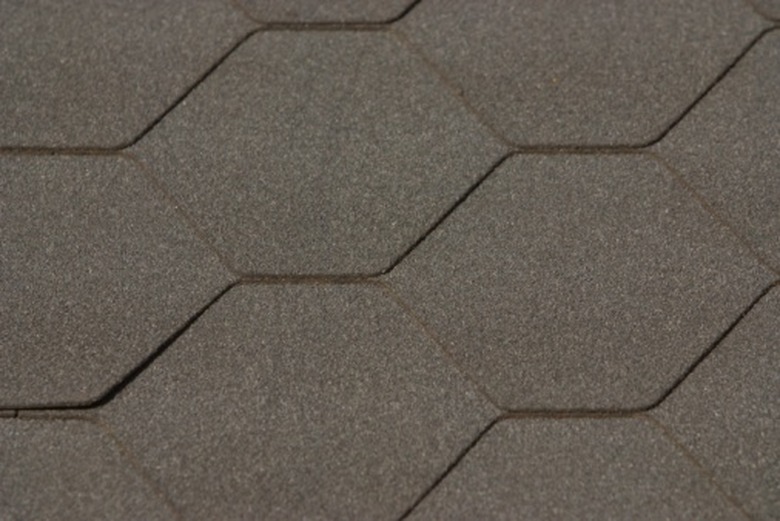How To Solve A Hexagon
A hexagon is a geometrical figure that has six sides and six angles. You might encounter a hexagon in a high school or college geometry class. You also find hexagons in everyday life, such as in the case of nuts and bolts that bear this shape. There are multiple formulas pertaining to solving hexagons. The most common formulas deal with finding a hexagon's perimeter, area and angle measurements.
Step 1
Measure each side of a hexagon with a ruler. Add the measurements together to find the perimeter of the shape. If all of the sides are equal, as in the case of a regular hexagon, you can simply measure one side and multiply the measurement times 6. For example, if the length of one side of a regular hexagon is 3 inches, then the perimeter would be 18 inches (3 x 6).
Step 2
Calculate the area of a hexagon by dividing the shape into triangles. For each triangle, multiply the base times the height and divide by 2. Then add the areas of the individual triangles to find the total area for the entire hexagon.
Step 3
Use a protractor to measure an angle of a hexagon. If you are given a regular triangles, all interior angles equal 120 degrees. If you are given the measurements of five angles and you must find the missing angle, add the given angles and subtract the sum from 720.
Things Needed
- Ruler
- Protractor
Cite This Article
MLA
Johnson, Charlotte. "How To Solve A Hexagon" sciencing.com, https://www.sciencing.com/solve-hexagon-8696986/. 24 April 2017.
APA
Johnson, Charlotte. (2017, April 24). How To Solve A Hexagon. sciencing.com. Retrieved from https://www.sciencing.com/solve-hexagon-8696986/
Chicago
Johnson, Charlotte. How To Solve A Hexagon last modified March 24, 2022. https://www.sciencing.com/solve-hexagon-8696986/
